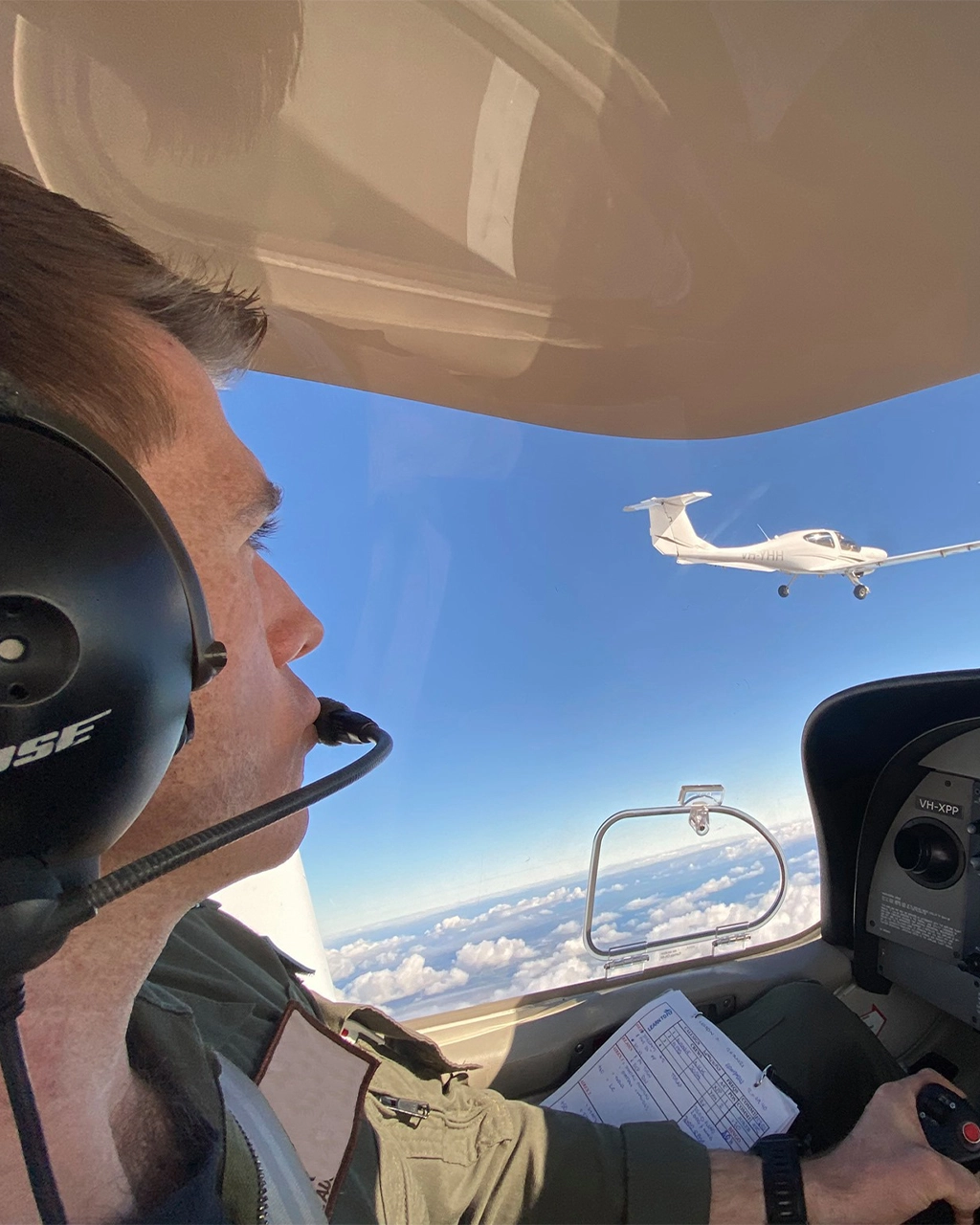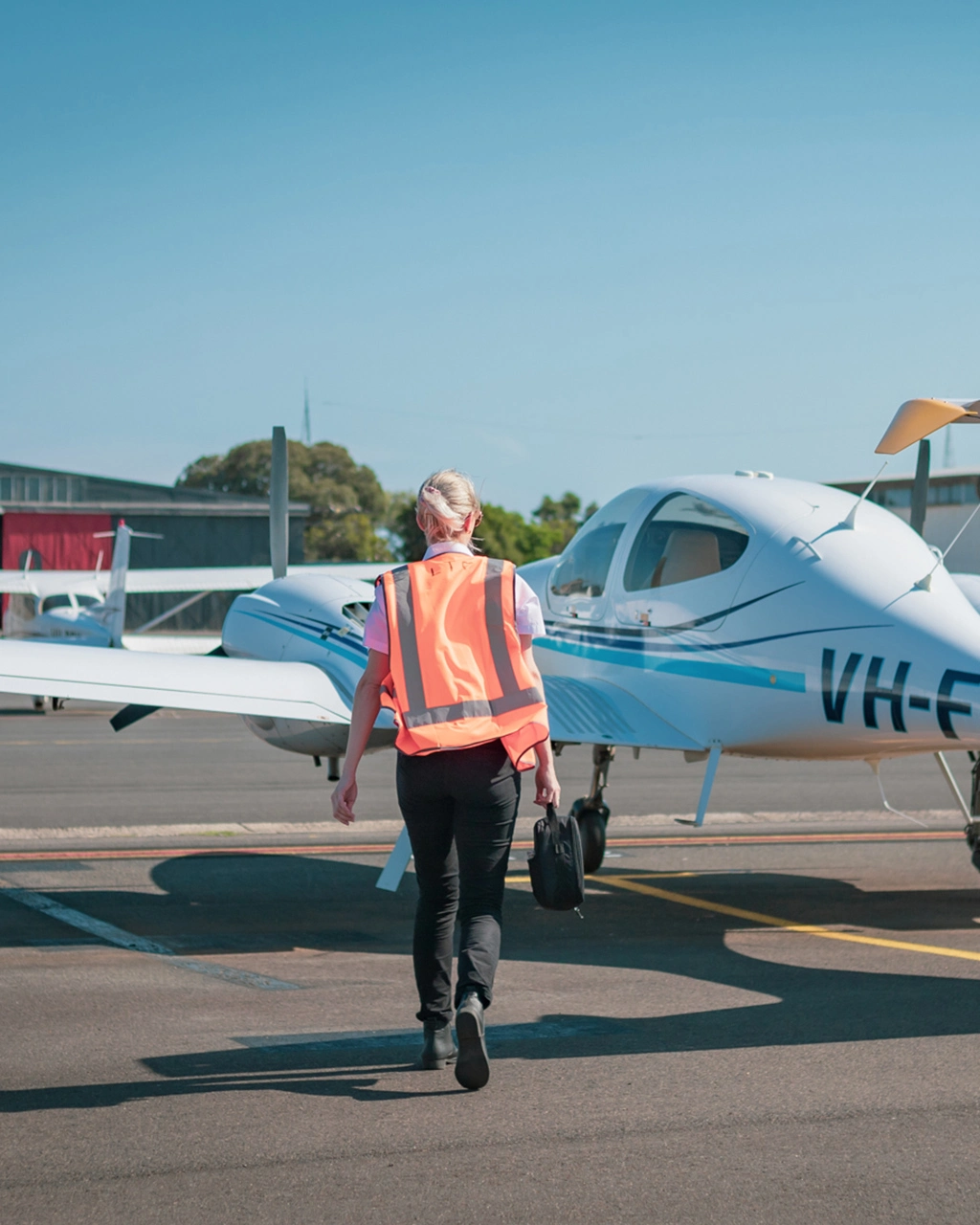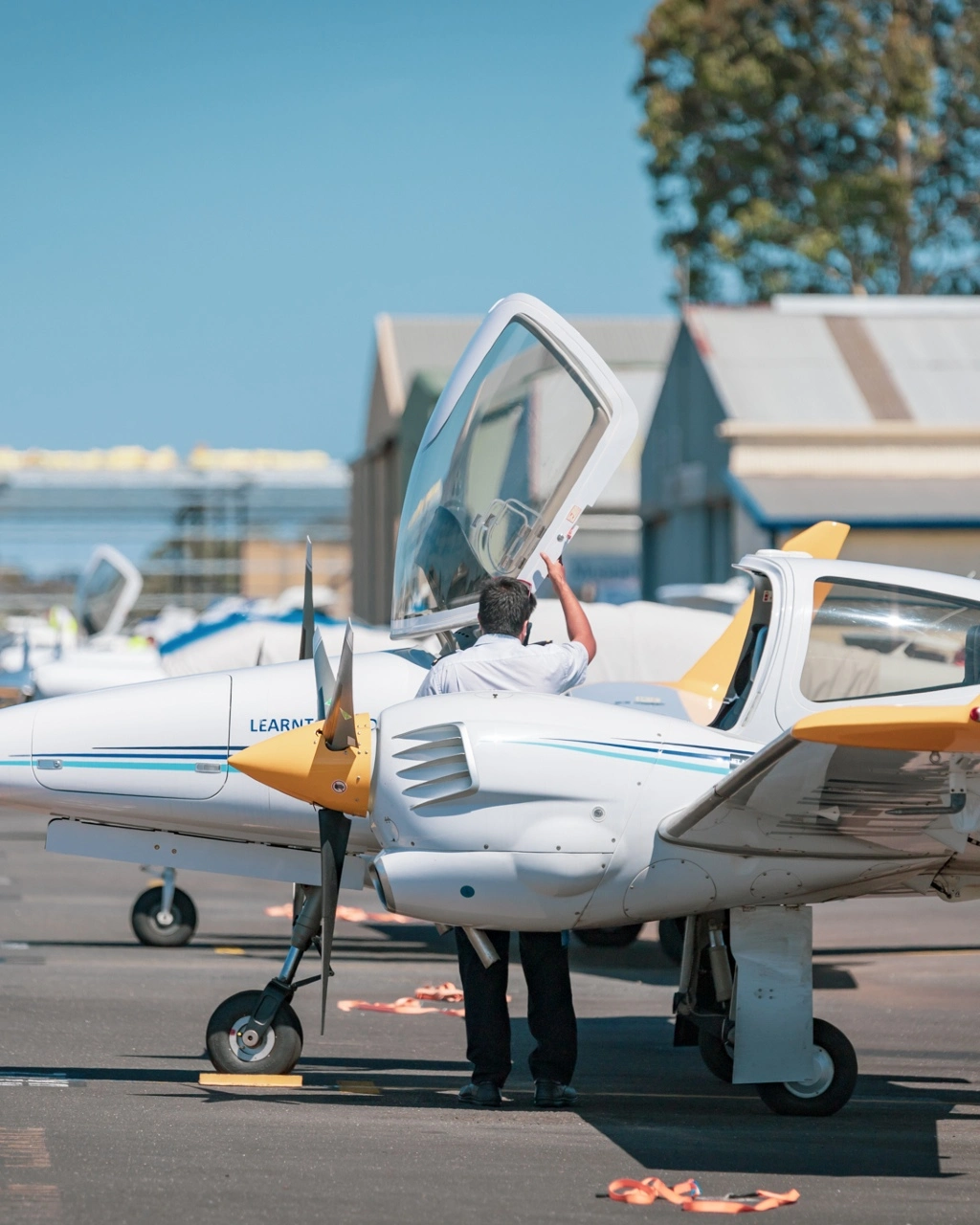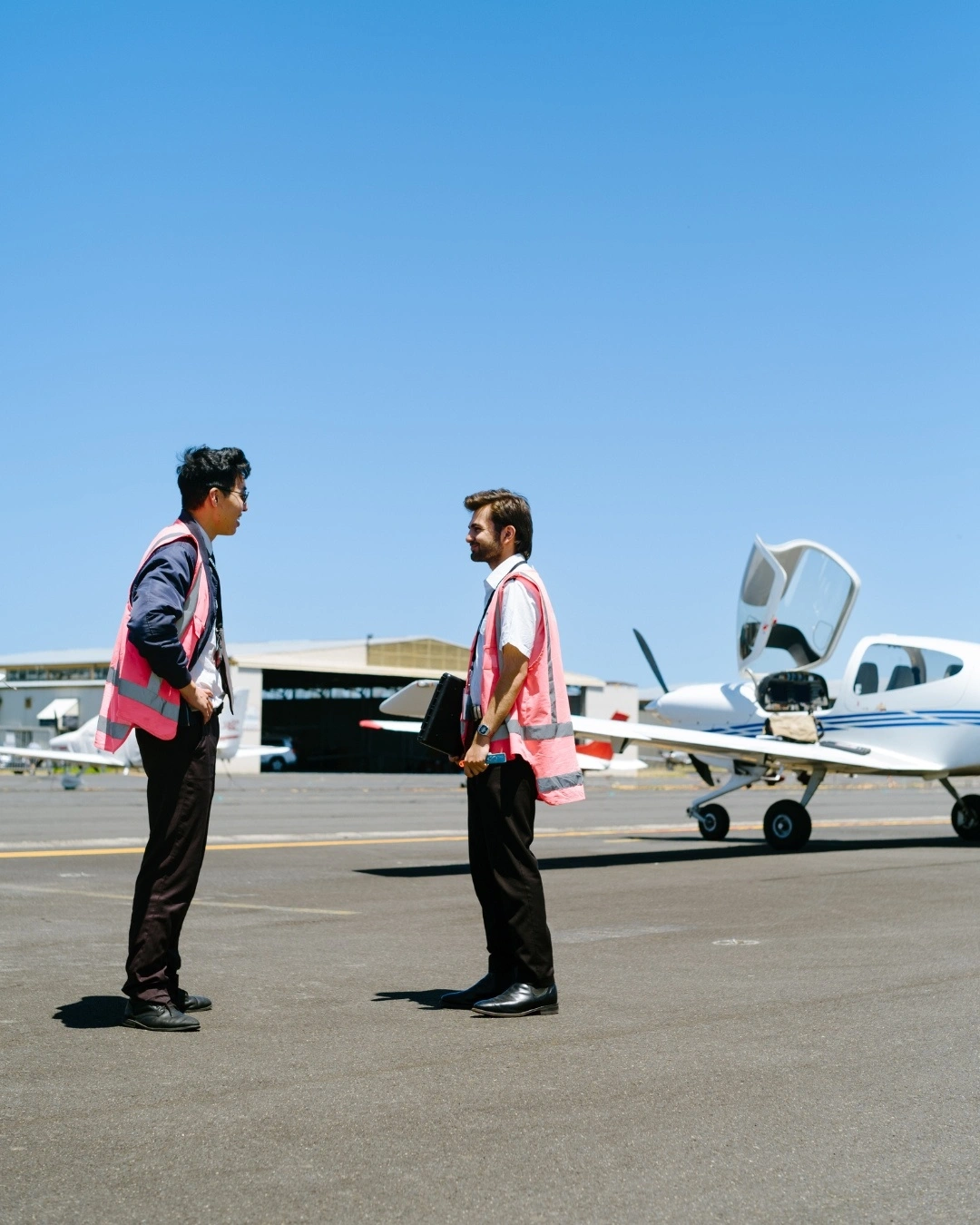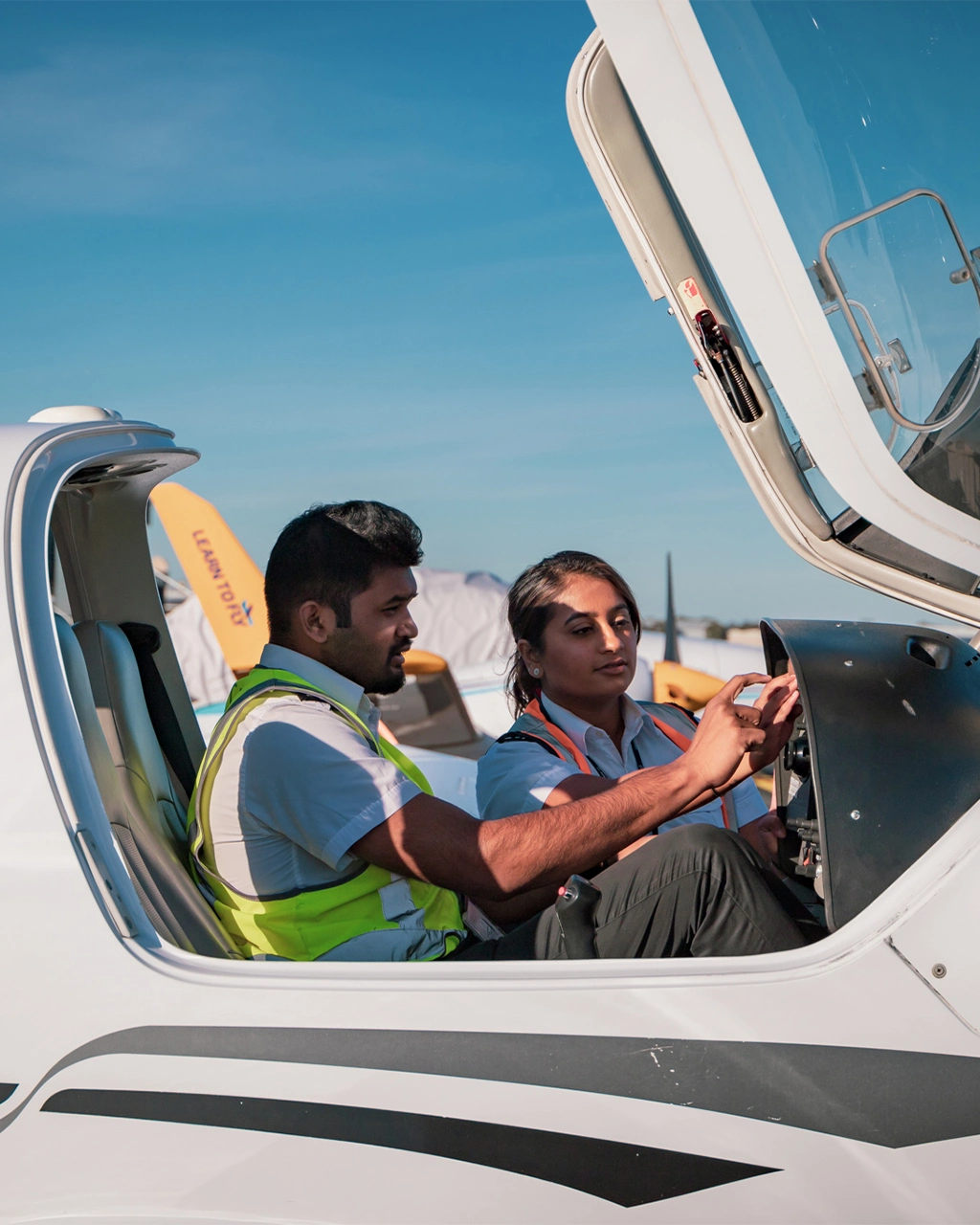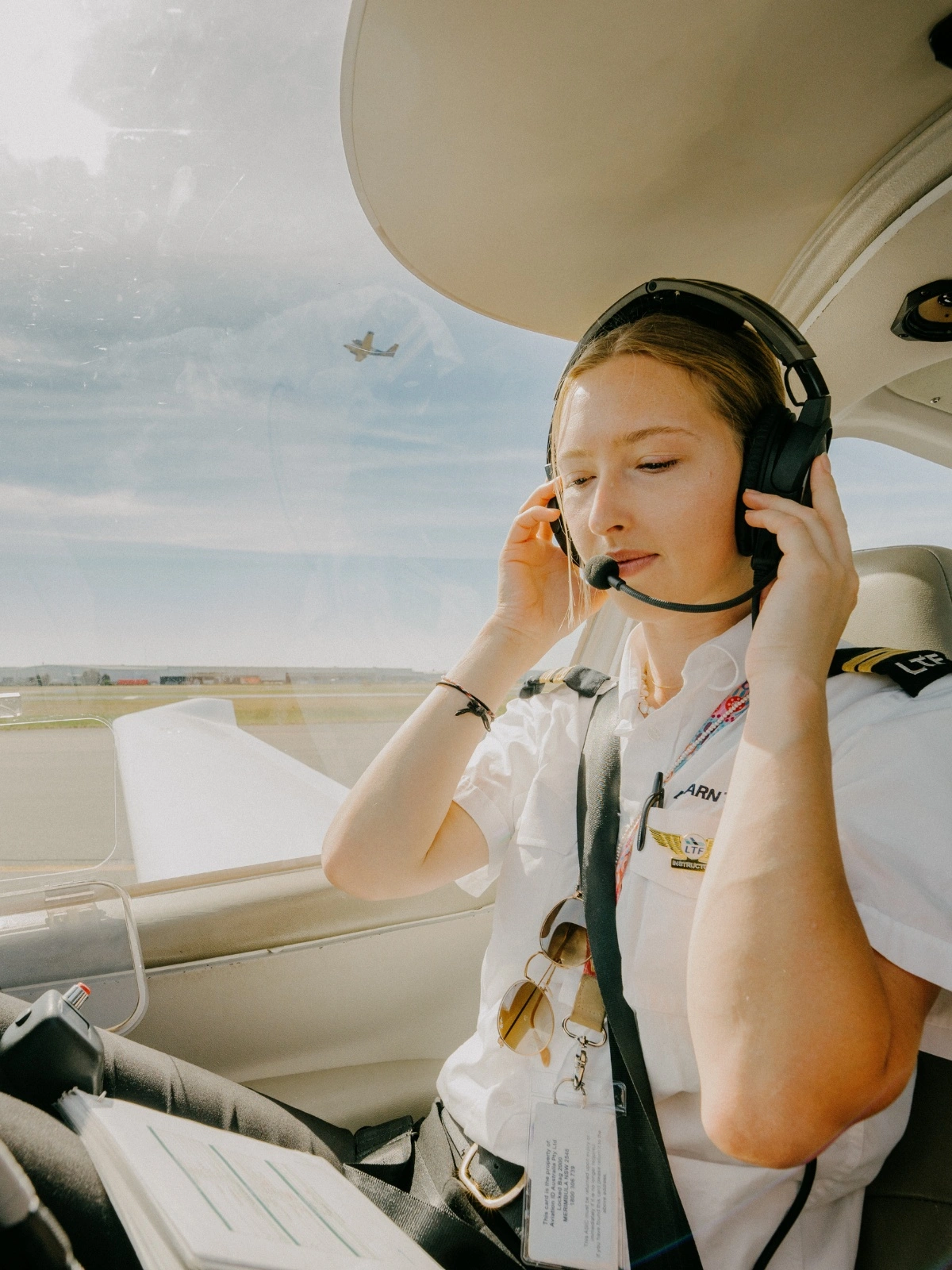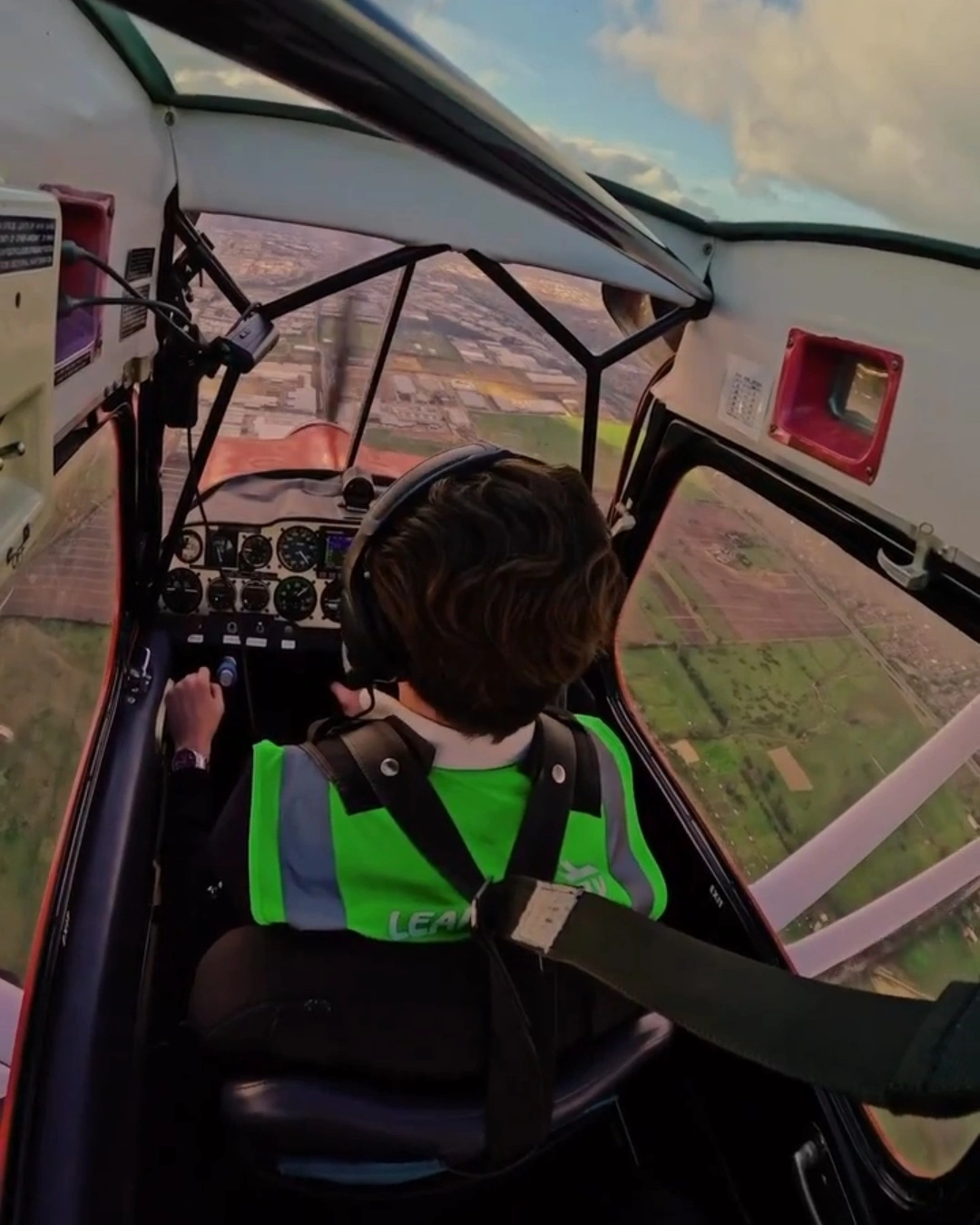The aviation industry demands a unique combination of technical expertise, personal discipline, and interpersonal skills. Pilots, air traffic controllers, and aviation professionals must balance high-stress environments with safety and efficiency. Developing essential life skills is critical for long-term success in this field.
1. Communication Skills
Effective communication is vital in aviation. Pilots and air traffic controllers rely on precise language to exchange critical information. Miscommunication can lead to severe consequences, making clarity and brevity essential.
To improve communication:
- Engage in professional communication training.
- Practice active listening during conversations.
- Use role-play exercises to enhance verbal clarity under pressure.
2. Problem-Solving and Decision-Making
Aviation professionals must make quick, sound decisions, often under time constraints. Whether navigating adverse weather or handling technical malfunctions, the ability to analyse and respond effectively is indispensable.
Key strategies include:
- Participating in scenario-based training during courses.
- Practising decision-making frameworks like the ADM (Aeronautical Decision-Making) model.
- Reflecting on past decisions to improve future outcomes.
3. Leadership and Teamwork
In aviation, leadership is not confined to a job title. Every team member contributes to the safe operation of flights. Pilots lead their crew, air traffic controllers manage airspace, and ground staff coordinate logistics—all requiring seamless teamwork.
Building these skills involves:
- Engaging in team-building workshops.
- Taking on leadership roles in training or work environments.
- Learning conflict resolution techniques to help maintain collaboration.
4. Stress and Time Management
Aviation careers often involve long hours, irregular schedules, and high-pressure situations. Managing stress and time effectively ensures that professionals maintain peak performance.
Suggestions for improvement:
- Practice mindfulness and relaxation techniques to reduce stress.
- Use tools like flight planning software to manage schedules efficiently.
- Develop routines to ensure adequate rest and exercise.
5. Adaptability and Lifelong Learning
The aviation industry is rapidly evolving due to technological advancements and regulatory changes. Professionals must remain adaptable and committed to lifelong learning.
- Staying updated through professional development programs.
- Enrolling in advanced certifications and programs.
- Embracing feedback as a tool for continuous improvement.
6. Attention to Detail
Precision is non-negotiable in aviation. From pre-flight checks to navigation, attention to detail ensures safety and efficiency.
Ways to cultivate this skill:
- Develop systematic checklists for tasks.
- Double-check all work, especially in critical scenarios.
7. Emotional Intelligence
Understanding and managing emotions is crucial for developing positive relationships in the workplace. High emotional intelligence helps aviation professionals remain composed and empathetic during challenging interactions.
To build emotional intelligence:
- Practice self-awareness exercises, such as journaling or mindfulness.
- Enhance interpersonal skills by engaging in group discussions and workshops.
- Learn to manage stress responses through resilience training.
8. Cultural Awareness
Global aviation professionals encounter diverse cultures and languages. Respecting and adapting to cultural differences strengthens professional relationships and improves service quality.
Steps to develop cultural competence:
- Learn about the cultural norms and practices of international colleagues or passengers.
- Engage in language training to improve communication.
- Participate in diversity and inclusion workshops.
9. Technological Proficiency
The integration of advanced technology in aviation—such as autopilot systems, navigation tools, and air traffic control software—requires professionals to stay tech-savvy.
Developing technological expertise:
- Take advantage of courses that include modern flight simulators.
- Explore emerging technologies like AI and machine learning in aviation.
- Enroll in specialised training for systems.
10. Integrity and Professional Ethics
Aviation professionals are entrusted with passenger safety and multimillion-dollar equipment. Integrity and adherence to ethical practices ensure trust and reliability in this field.
Fostering ethical behaviour:
- Familiarise yourself with industry codes of conduct.
- Lead by example, demonstrating honesty and responsibility.
- Engage in mentorship programs to understand ethical dilemmas and best practices.
The aviation industry offers unparalleled opportunities but also demands a high level of personal and professional development. By mastering essential life skills—ranging from communication and leadership to adaptability and ethics—aspiring aviation professionals can ensure long-term success. Whether aspiring to secure a Diploma of Aviation in Australia or exploring how to become a pilot in Australia, embracing a commitment to continuous growth is key to thriving in this field.









